People are fascinated by tall structures. Some of the giant skyscrapers in the world, such as the one in Dubai, which is 2700 feet tall, or the Shard in London soaring at 1000 feet, are indeed impressive and awe-inspiring.
But the tall and expansive temple towers in India, some of them built over 1000 years ago, are phenomenal and truly divine.
Temple towers, or Gopurams, are visible symbols of divine power exquisite mythological artwork decorating them from bottom to top. We bow at the feet of the Lord at the entry as we step into the temple and proceed towards the sanctum, which is an entirely different world.
A Gopuram is usually constructed as a pyramidal structure on an enormous stone base and superstructure made of lime and brick. It is rectangular in sketch.
The great heights are a visible landmark to make easy to recognize the location by roaming pilgrims. For people who are old and infirm who cannot come to the temple, it is a reminder of the divine and to pray from wherever they are.
On top of the Gopuram, there is kalasa, usually made of copper. From a distance, the shape of a kalasa looks like a flower bud or pot. Cereals and precious stones are placed inside the kalasa to invoke the divine power. Kalasas act as a lightning seize, engineered to guard the structure in the event of lightning hit.
Temple Gopurams have the effect of transforming the temple from a mere place of worship to the centre of a vibrant town. Consider the huge gopuram top the famous thousand year old Sri Ranganatha Swamy temple at Srirangam in Tamilnadu.
This temple has seven enclosed Space walls and as many as 21 gopurams, with the tallest one soaring to 240 feet, the entire temple complex covering an area of about 600 acres!
The most magnificent Gopuram which remains an enigma even today is the giant 10 century Brihadeeswarar temple in Tanjore in south India.
While the tower soars to nearly 200 feet, the granite kalasa on top weighs around 80 tons.
How the kalasa, which Is made of single stone, was hoisted to this height to a precise position in that era of construction with the help of elephants and horses remains a mystery to today’s so called advanced science modern era.

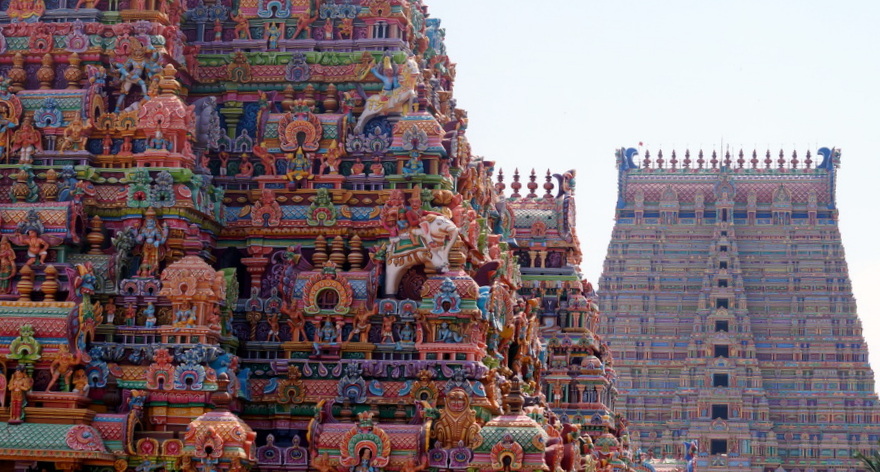
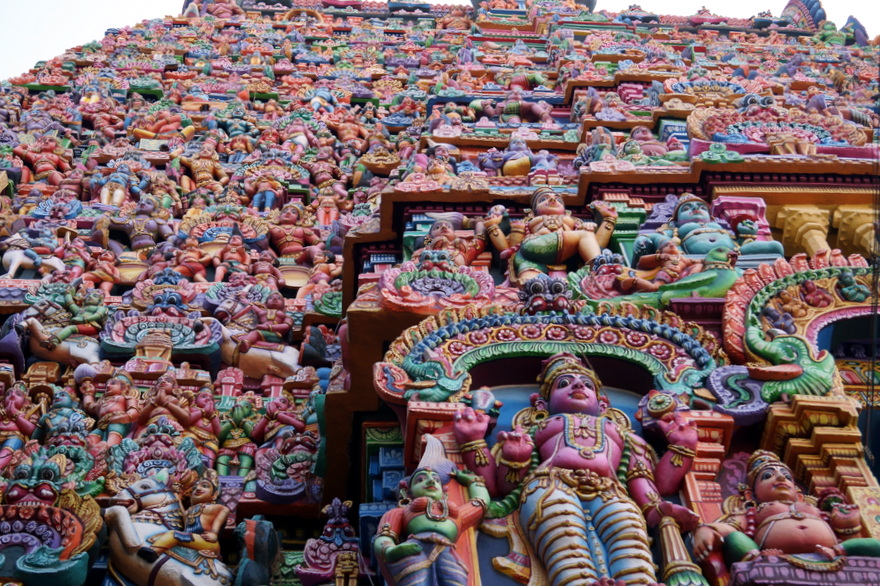
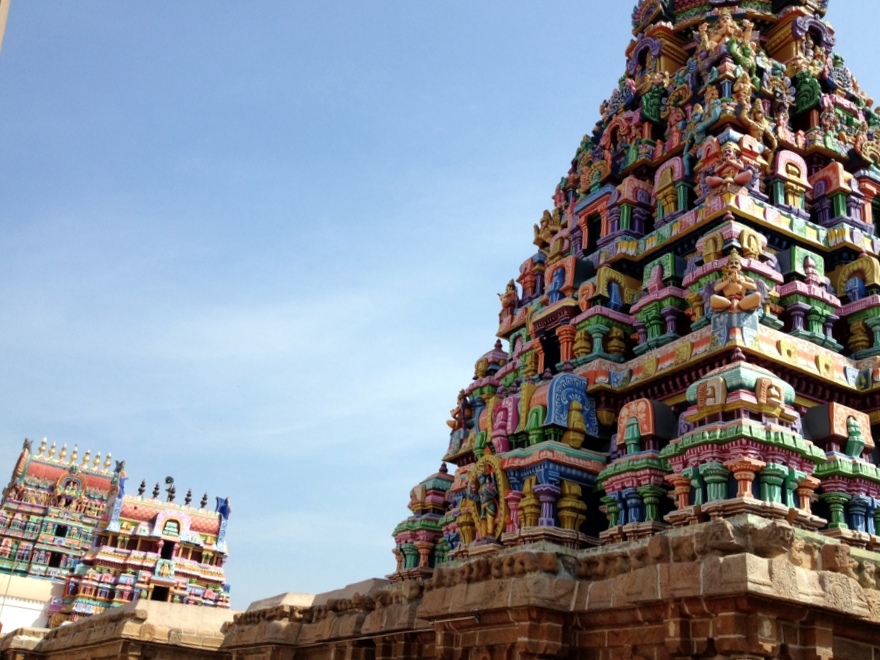
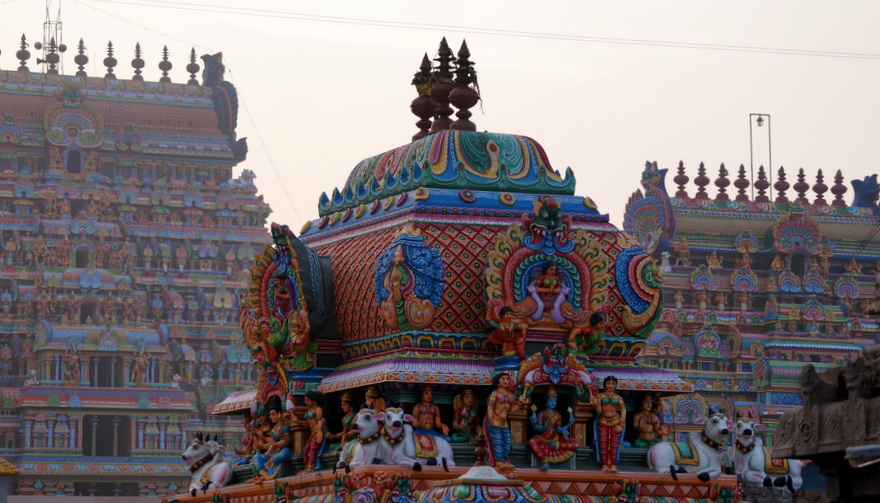
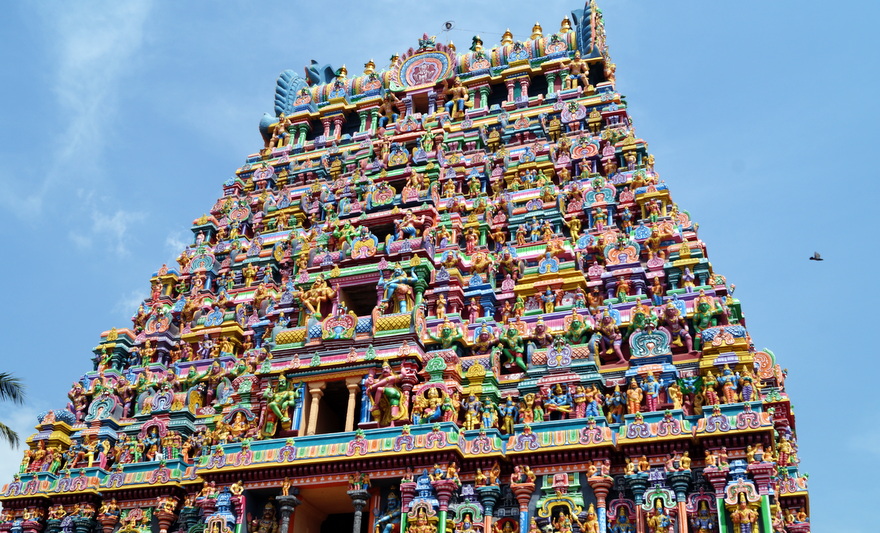
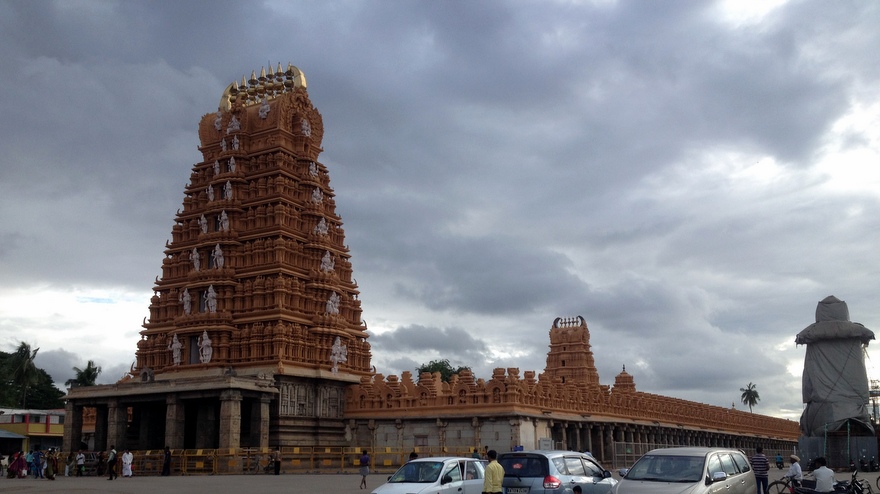
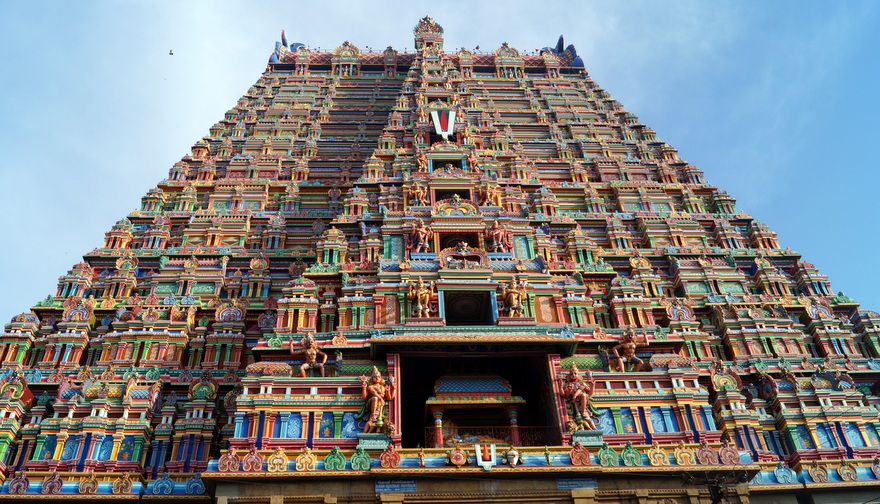
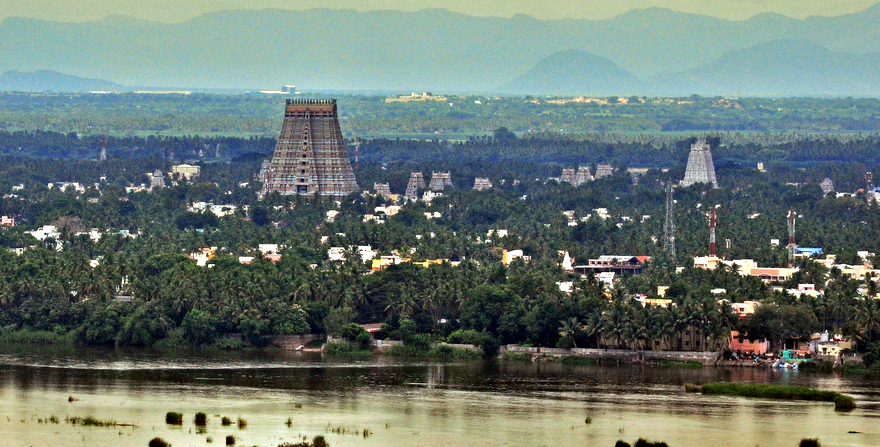
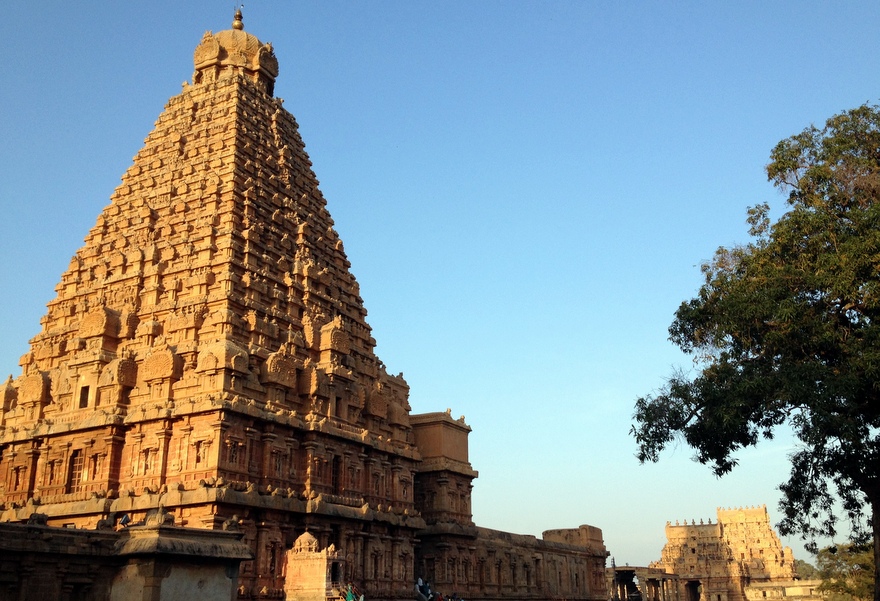
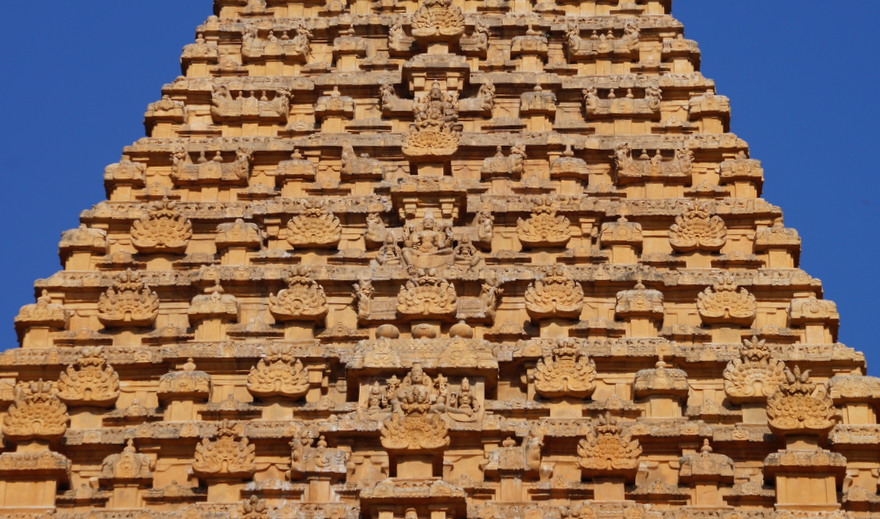
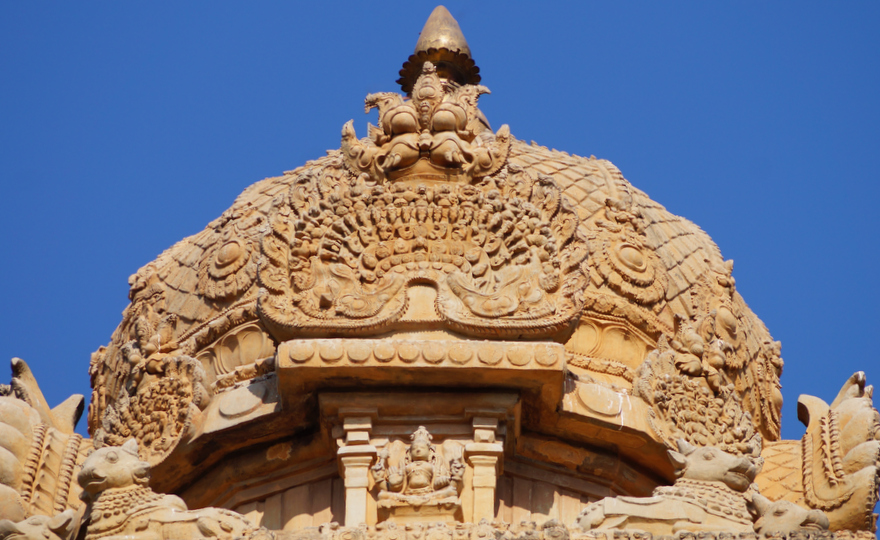










The KALASA is the receptacle, the patra, the container, the ghara, the matka, the womb, the petri dish, the kadhai, the pressure cooker, the drona, in which life germinates,life is born,cooked, and its different evolutionary forms cascade after the cosmic event of the big bang,which created the ghara or घर we call home 🏠 om earth made of the same atma atomah atom at home 🏠 within us! The ghara kalasha कलश was made first made then raised level by larger level of stone 💎 around and under it , which is why the tip of the top of the temple rests of the smallest girdle of rock, then larger and larger in circumference as it descends imitating reflecting the COSMIC CASCADE OF UNIVERSE 🌌 ORIGIN
The KALASA is the receptacle, the patra, the container, the ghara, the matka, the womb, the petri dish, the kadhai, the pressure cooker, the drona, drone, , the surahi, in which life germinates, life is born, cooked, and its different evolutionary forms cascade after the cosmic event of the big bang, which created the ghara or घर we call home 🏠 om earth – where the heart is, the arth, the art and architecture is and imitates nature – made of the same atma atomah atom at home 🏠 within us! The ghara kalasha कलश was made first made then raised level by larger level of stone 💎 around and under it , which is why the tip of the top of the temple rests on the smallest girdle of rock, then raised on to a larger then larger and larger stone grid in circumference and when complete appears as though the small descends to larger and larger imitating reflecting the COSMIC CASCADE OF UNIVERSE 🌌 ORIGIN settling down on the solid base the MANDALA 🤗
Incredible! We are blessed!
I am profoundly obliged for the nice info. shared in the portal as well as the manner of presentation. Thanx once again.
It is enthralling and unparallel to any other structures in the world. Undoubtedly magnificent and one of the wonders of the world. Magnificent structures, artisans and architects, were ingenious for sure.
India (Bharat) has a very rich techonology and knowledge which is ignored by our own Hindus. They should take pride in Bharats achivement instead quarraling about caste and depreciation of their religious values.
Lets hope the Hindus get the realisation of their rich culture and tradition.?!?!
yes , I am in one hundred percent in agreement with shri siva r.maniam
Definitely Super Universal Divine Power in construction
Great Dedicated Services done by our Ancestors. We need to support and do service and Maintain. Its our duty
जय श्री राम।
कमेंट अभही भेज जी।
Very Fantastic and awesome works of earlier Tamil Architecture culture is revealed.
our duty is to respect them.t
There are many wonders of Hindus not known like this one . You get struck how this Kalash could be mounted rem the pyramids in Egypt how with no answers but just bewildering explanations .so be proud of our civilisation that goes back thousands of years that we belong to ! As remarked by Vivekananda . Feel proud and pray to the lord to bless us more and more . Jaihind a veteran
The sculptural wonders of South India of the bygone times are unparalleled and deserve to be given wide publicity to project their glory to the Wertern world. K.LAKSHMAN
,tIn big temple Thanjavur the stone surmounting the gopuram on which the kalasa is placed is not a single piece as is commonly believed. The archeologists would testify to this. Another remarkable feature of this magnificent temple is that the foundation is only 4 feet deep. The precision in calculating and distributing the entire load of the structure the foundation supports is something one could only marvel at